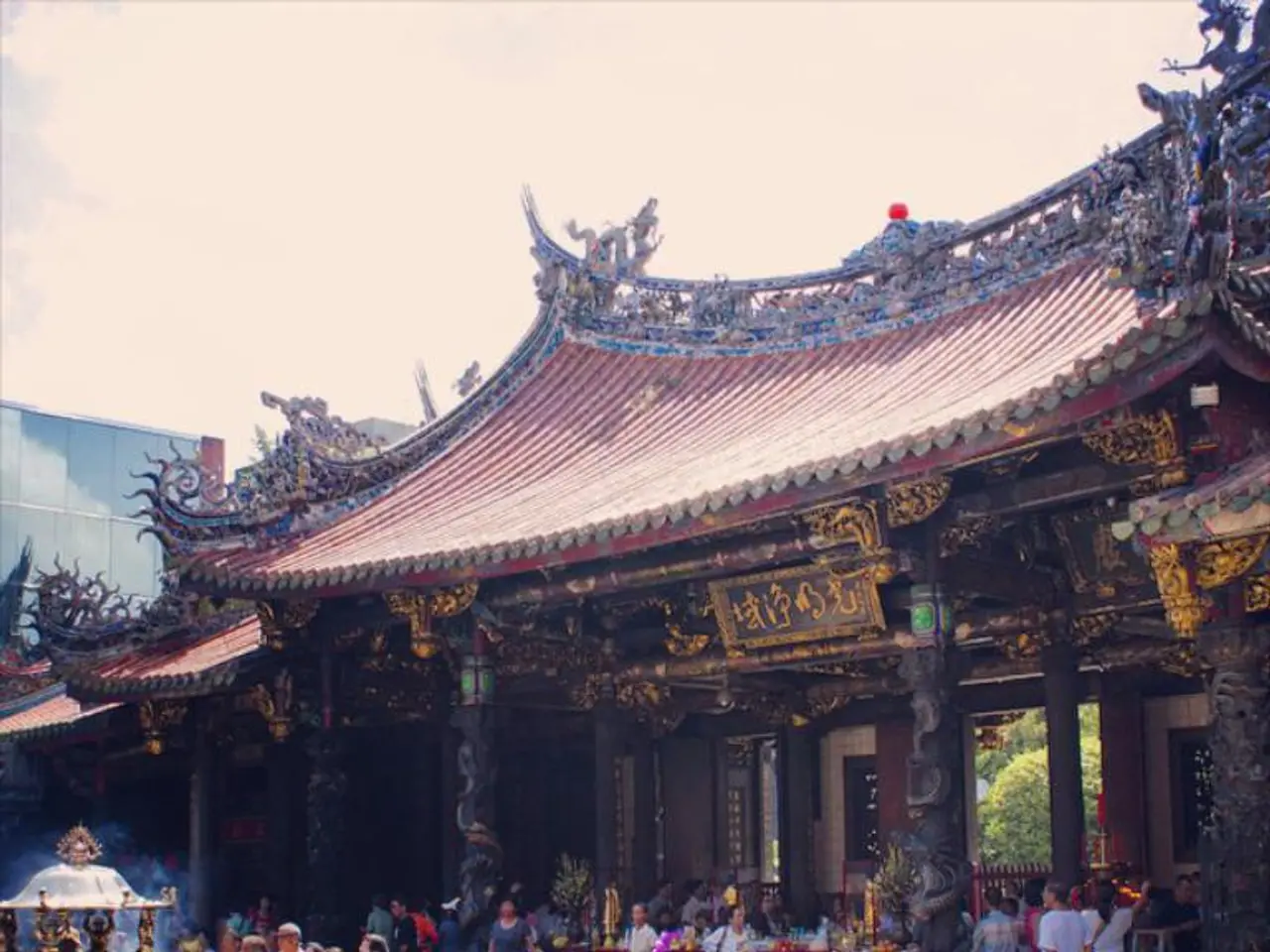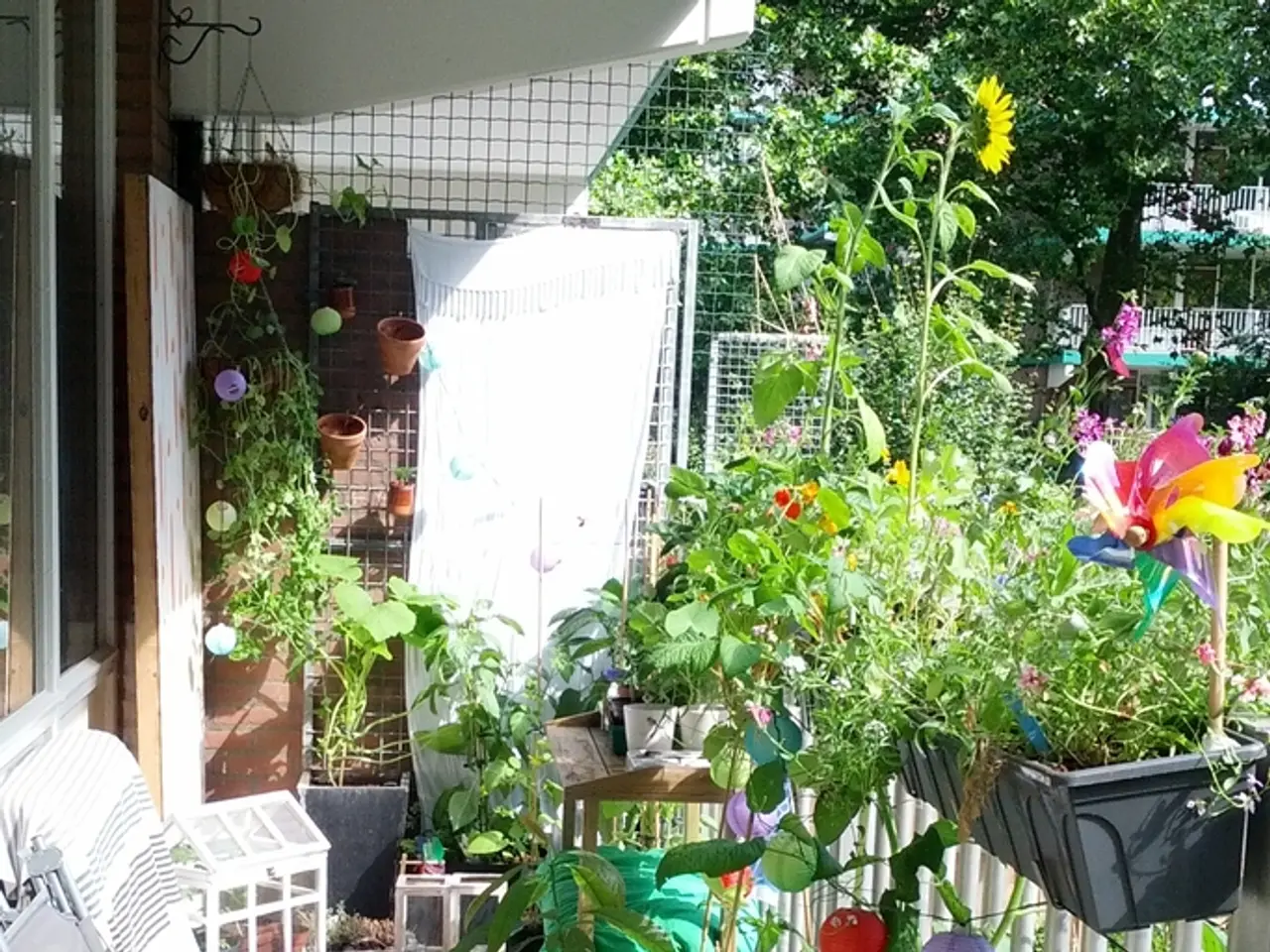The Artistic Process Behind Poems Unraveled
Poetry, a form of artistic expression that dates back centuries, offers a vast array of structures, styles, and traditions. From the sonnet to the haiku, these poetic forms have evolved significantly over time, shaped by countless poets across various cultures.
Sonnet
The sonnet, originating in Italy during the 13th century, is one of the most renowned poetic structures. Giacomo da Lentini is credited with its inception, and it later developed into two main forms: the Shakespearean (English sonnet) and the Italian (Petrarchan). Petrarch popularized the Italian form, while Shakespeare refined the English sonnet. Notable contributors to this form include Petrarch, Shakespeare, and Elizabeth Barrett Browning.
Ballad
Ballads, with their roots in the oral tradition of Europe, especially in the Middle Ages, were often tales of folk heroes or tragic events. They placed a strong emphasis on rhythm and rhyme. Samuel Taylor Coleridge's "The Rime of the Ancient Mariner" and Sir Walter Scott's works are prime examples of this form.
Haiku
Haiku, a form derived from tanka and haikai no renga with influences from Buddhism and nature, originated in Japan. Matsuo Bashō codified the form in the 17th century, emphasizing nature and simplicity. Notable contributors include Matsuo Bashō, Yosa Buson, and Masaoka Shiki.
Sestina
The sestina, originating in France during the 12th century by troubadours, is characterized by repeating end words in a specific order throughout the poem. Arnaut Daniel and Elizabeth Bishop are among the contributors to this form.
Villanelle
The villanelle is a poem with two end-rhyme sounds that are repeated throughout, and the first and third lines are repeated in a specific pattern. Théodore de Banville and Dylan Thomas are among the poets who have contributed to this form, with Thomas's "Do Not Go Gentle into That Good Night" being a notable example.
Ode
The ode, originating in Ancient Greece with Pindar and Sappho, is a poem written to celebrate a person or thing. John Keats' "Ode to a Nightingale" is a well-known example of this form.
Elegy
An elegy, with its origins in Ancient Greece, focuses on lamentation. It emphasizes mourning or reflection, often formal and expressive. Theocritus and Thomas Gray are among the contributors to this form, with Gray's "Elegy Written in a Country Churchyard" being a notable example.
Epigram
An epigram, originating in Ancient Greece, is a poem that is meant to be funny or satirical. Callimachus, Martial, and Alexander Pope are among the poets who have contributed to this form.
Aubade
The aubade, originating in Provençal poetry during the 12th century, focuses on dawn partings. It refers to a dawn song, often with themes of love and separation. Early Provençal poets and later poets like Philip Larkin have contributed to this form.
Epistle
An epistle, originating in Ancient Greece and Rome, is a poem addressed to someone the poet is close to, though many are written as open letters to people the poet may or may not know. Ovid, Horace, and Alexander Pope are among the contributors to this form.
These poetic forms have been shaped by countless poets over centuries, each contributing to their evolution and adaptation across different cultures and periods. Poets may choose to recreate the structures and themes of existing poems, and there are various existing structures and themes for poets to choose from. Some popular poetic structures include those with specific numbers of lines, specific types of meter, specific rhyme schemes, or specific subjects.
Each of these poetic forms has its own unique rules, such as the number of lines, type of meter, rhyme scheme, or subject of the poem. For example, a ballad is usually written in stanzas of four lines each and has a meter that alternates between iambic tetrameter (four feet) and iambic trimeter (three feet). A haiku is structured based on the number of syllables in each line, with a traditional haiku having five syllables in the first line, seven syllables in the second line, and five syllables in the third line. A sonnet is a fourteen-line poem with a specific rhyme scheme, with the Petrarchan sonnet and Shakespearean sonnet being two popular types.
These structures have rules, but they also offer poets a framework within which to express their creativity. Whether it's the rhythmic structure of a ballad, the concise nature of an epigram, or the repetition patterns of a villanelle, each form offers a unique opportunity for poets to explore and express their thoughts and emotions.
Cooking and food-and-drink can be expressed through the poetic form of a sonnet, where Petrarch popularized the Italian sonnet, which later developed into the Shakespearean sonnet. In the realm of fashion-and-beauty, haiku, a Japanese form derived from tanka and haikai no renga with influences from Buddhism and nature, can be used to evoke simplicity and beauty. The home-and-garden lifestyle can find resonance in the sestina, a French poem characterized by repeating end words in a specific order, originating from the 12th century. Recipes, like these poetic forms, follow traditional structures that offer poets, or in this case, cooks, a framework within which to express their creativity, creating harmony between ingredients and flavors.




